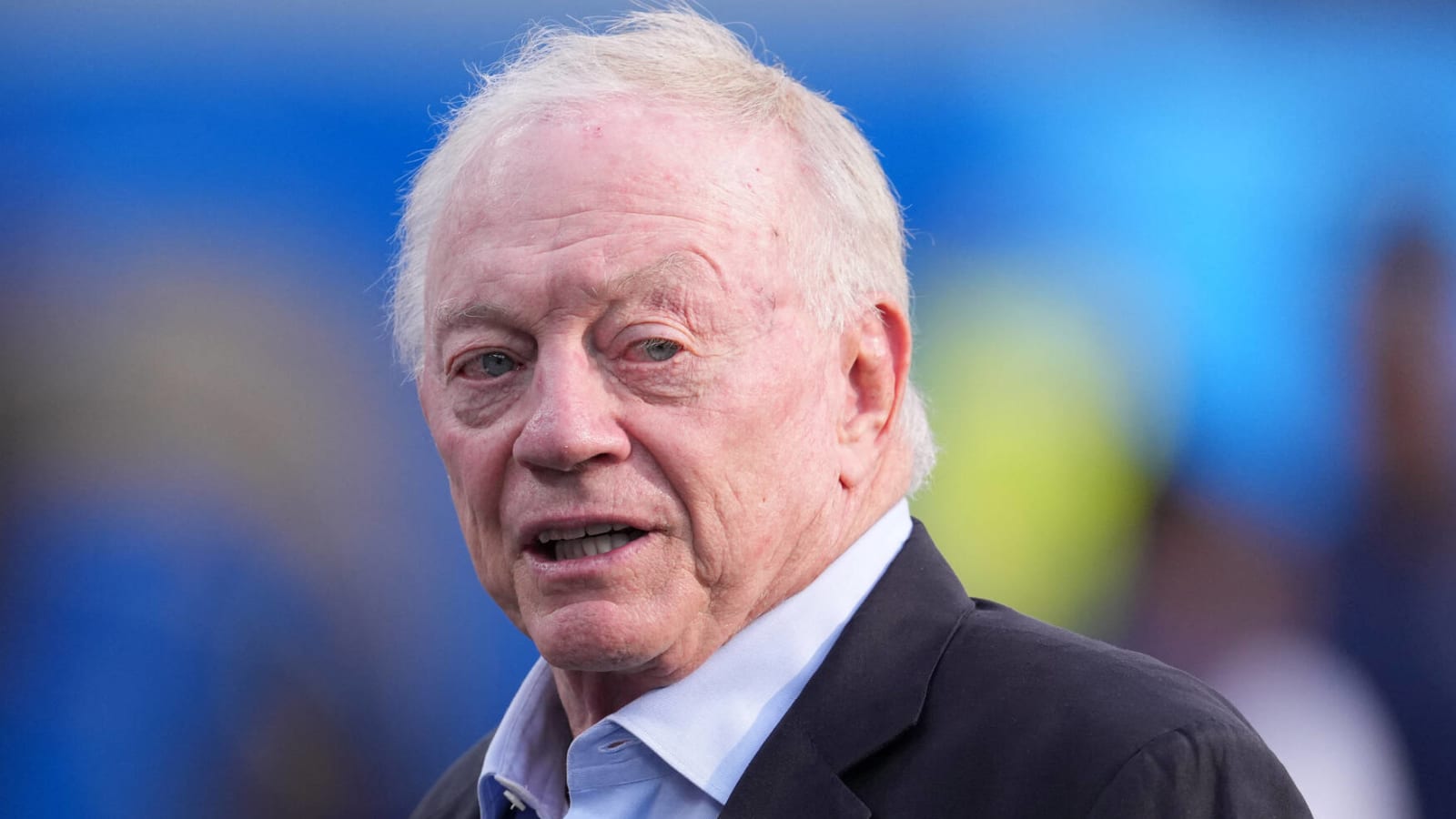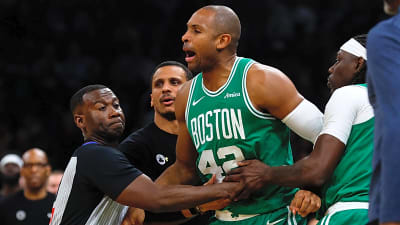
Report: Jerry Jones photographed at protest against desegregation, responds
The Washington Post published a story on Wednesday on Dallas Cowboys owner Jerry Jones that included a photograph of him at a protest against desegregation while in high school at Central High in Little Rock, Arkansas in 1957.
Wow, so Cowboys owner Jerry Jones was one of the bullies trying to stop his Black classmates from desegregating Central High in Little Rock in 1957. https://t.co/IZm9DuTUhM pic.twitter.com/G4o7H2G9qp
— Joshua Clark Davis (@JoshClarkDavis) November 23, 2022
Jones confirmed he was a part of the crowd taunting Black students but said he didn't participate in the protest and just wanted to witness it.
According to The Washington Post's David Maraniss and Sally Jenkins, "At one point, a Black student named Richard Lindsey recalled, someone in the crowd put a hand on the back of his neck" before hurling a racial epithet at him.
"I don't know that I or anybody anticipated or had a background of knowing ... what was involved. It was more a curious thing," said Jones. (h/t The Washington Post)
That explanation doesn't jive with his high school football coach, Jim Albright, and his warnings to his team. Per The Washington Post, he "warned there might be trouble and said he 'didn't want to see any of you knot-heads near the front of that school tomorrow.'"
Per The Washington Post, a line can be drawn connecting that event in 1957 to how Jones operates as the owner of the most popular franchise in all sports. Jones wields significant power in ownership circles but that hasn't led him to become a leader in the front of improving the league's disgraceful track record of hiring minority coaches.
"If the NFL is to improve its woeful record on the hiring, promotion and nourishment of Black coaches, Jones could lead the way," Maraniss and Jenkins write. The article states that in 33 years as Cowboys' owner, he's not once hired a Black head coach and only two times hired a Black candidate for an offensive or defensive coordinator position.
Last month, ESPN released a bombshell report on Washington Commanders owner Dan Snyder unearthing dirt on commissioner Roger Goodell and other league owners. It's been suggested Snyder could be involved in the Jones photo leak but ESPN's article states:
Anything that came out would likely be in the form of a leak to "The New York Times" or "The Wall Street Journal," because, multiple league and team sources say, Snyder hates "The Washington Post."
Regardless of how the photograph came to light, it's a bad look for the most prominent owner in sports and a sign of how inescapable the country's sordid history on race is.
It also shows how little Jones has changed. In the photograph, he's seen a couple of rows behind the ruckus, not so much engaging as he is observing the white supremacists terrorizing Black students. There wasn't anything he could have done to stop that ugly scene. Some 65 years later, Jones has a lot more power than he did then, and he still chooses to do nothing.
More must-reads:
- Cowboys rekindle Super Bowl hopes after dismantling Vikings
- Mike McCarthy: Cowboys hit by illness, taking precautions
- The 'NFL head coaches' quiz
Breaking News
Trending News
Customize Your Newsletter
 +
+
Get the latest news and rumors, customized to your favorite sports and teams. Emailed daily. Always free!








